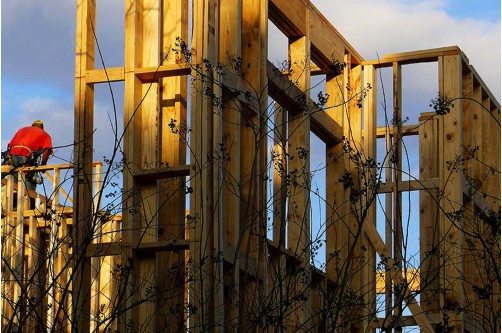In other words I tell my fellow photographers that there’s two ways to look at a subject: You can look at it with the left side of your brain, the analytical side, or the right side of your brain, the creative side. So many of my students don’t look at things as they could be, only as they are.
Doing that will keep you from taking your photography to what I refer to as…”up a notch”. What I mean is that looking with the left side of your brain will only show you what things are. Looking at those same things with the right side of your brain can show you what they could be. Take the photo above for example.
First, allow me to digress for a moment. I teach photographers how to use the basic elements of Visual Design and composition to create stronger images. A complete description can be read by clicking on the link above.
Ok, so last week I was sitting in my backyard on my deck; it was the end of a beautiful day. Seventy two degrees and sunny, so I had my book in one hand and my Bombay Martini and a bowl of nuts at the ready and close to my other hand. I was trying to filter out all the sounds of a house being built next to us and occasionally looking up at what was going on. The sun was setting behind the house that was next door and behind me and as the sun was setting the light was slowly disappearing from the bottom up, leaving only the top part still in sunlight.
If I had been looking at the house with the left side of my brain, I would have only heard the incessant hammering and then seen the man working at the top of the house that was causing it…that’s what was. Since I’m always looking at things as they could be, I saw more than just a house with a man working on the top floor.
I saw the Texture of the Crape Myrtle’s, branches still bare from the Winter. The square and rectangular Shapes, and the blue Negative Space that defines and creates the Shapes. I’m always looking for ways to create Visual Tension, and placing the man close to the edge of the frame is one of the ways. The way the light is only left at the top of the construction is another, and the contrast between his bright, saturated red shirt against the soft blue sky and clouds is still another.
These elements of Visual Design and composition are all pieces that make up the finished puzzle…another idiom meaning the final photograph.
Joe Baraban – Instructor at BPSOP
Joe Teaches:
Stretching Your Frame of Mind Part II
The Use of Gestalt in Photography











